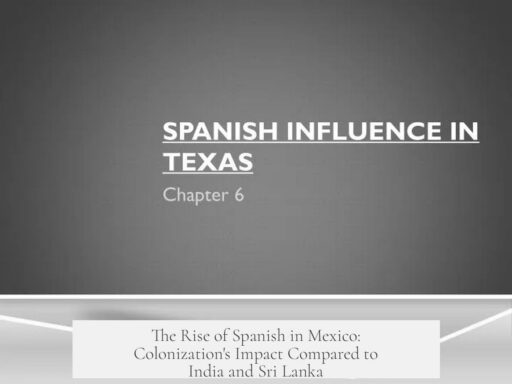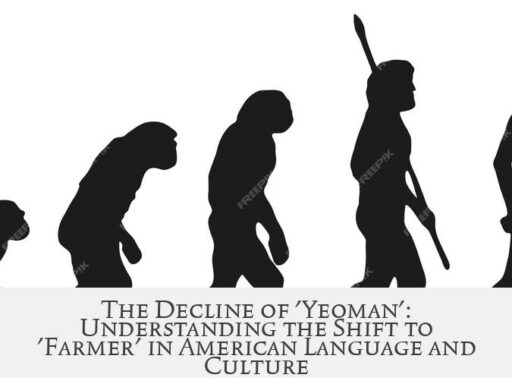The majority of Mexicans speak Spanish today primarily due to the devastating decline of indigenous populations and languages following European conquest, aggressive language unification policies after independence, and the social integration of indigenous peoples within Spanish-speaking society. In contrast, India and Sri Lanka retained their native languages while English remained a secondary or elite language due to different colonial and pre-colonial linguistic dynamics.
When Spanish colonizers arrived in Mexico and much of Latin America, they encountered diverse indigenous populations speaking hundreds of languages. A catastrophic population collapse followed, with about 90% of Native Americans dying from warfare, famine, and especially European diseases. This unprecedented demographic disaster decimated the indigenous cultures and languages, leaving few speakers to transmit their tongues to subsequent generations.
With the vanishing of many native societies, Spanish filled the resulting cultural and linguistic void. It became the default language not only because it was imposed but also because the surviving populations gradually shifted through Mestizaje, the mixing and assimilation of indigenous peoples into colonial society. Indigenous workers on plantations and in towns increasingly adopted Spanish over their ancestral languages as the practical means of communication.
After independence, the drive for national unity pushed Mexico and other Latin American countries to adopt Spanish as a unifying language. As historian Nicholas Ostler explains, facing multiple indigenous languages, Spanish offered a single shared tongue to hold the diverse population together. This political choice reinforced Spanish’s dominance, making it the backbone of education, government, and culture. In some remote regions like Guatemala’s highlands, native languages persist, but these are exceptions.
India and Sri Lanka, on the other hand, present a contrasting story shaped by geography, culture, and history. English never became the mother tongue for a large part of the population. Instead, it functions as an important second language predominantly used in urban centers, higher education, administration, and business. While only 3-4% of Indians speak English as a first language, roughly 200 million speak it as a second language.
This difference stems partly from the existing strength of native languages prior to British colonization. For example, Hindi emerged and spread under Mughal rule centuries before the British. Shifting from native languages to English would have represented a drastic linguistic break. Indians and Sri Lankans maintained strong cultural attachments to their regional languages, which remained prevalent in rural areas and daily life.
British colonial policy also treated English mainly as a language of administration and elite education, not as a tool for mass assimilation. The British did not broadly enforce English in the same way Spanish replaced indigenous languages in the Americas. English spread mostly among the urban elite and those seeking socio-economic advancement.
A similar pattern can be seen in other colonial contexts. The Dutch promoted Malay as a unifying language in Indonesia instead of Dutch, which explains why Dutch did not survive as a dominant language there. The persistence or decline of indigenous languages after colonization depends on factors such as:
- Severity of indigenous population loss and displacement.
- Pre-existing linguistic diversity and strength of native languages.
- Colonial language policies and cultural integration efforts.
- Post-independence nation-building strategies prioritizing a common language.
- Geographical isolation or connectivity influencing cultural resilience.
| Factor | Mexico/Latin America | India/Sri Lanka |
|---|---|---|
| Indigenous Population Decline | ~90% loss, decimation of native cultures | Much lower demographic impact |
| Language Shift | Spanish became dominant due to Mestizaje and loss of native speakers | English remained a secondary language, native tongues strong |
| Colonial Language Policy | Imposed Spanish for unification post-independence | English used administratively, education; no mass imposition |
| Pre-colonial Linguistic Context | Highly fragmented indigenous tongues, no widespread lingua franca | Strong regional languages, e.g., Hindi under Mughals |
| Post-Colonial Identity | Spanish as national language and cultural identity | Retention of multiple native languages, English as link language |
Understanding these historical and socio-cultural factors clarifies why Spanish became the dominant first language in Mexico while English did not in India or Sri Lanka. The scale of indigenous population loss and cultural collapse in the Americas created conditions where Spanish replaced native tongues. In contrast, India and Sri Lanka’s established linguistic traditions, and differing colonial practices, maintained native language predominance while English gained ground as a prestigious auxiliary tongue.
- The death of most indigenous Mexicans dramatically weakened native languages.
- Mestizaje fostered slow cultural assimilation and Spanish adoption.
- National unity efforts promoted Spanish as a common language in Latin America.
- India kept strong native languages due to historical longevity and dispersed populations.
- English functioned mainly as an administrative and elite second language in South Asia.




